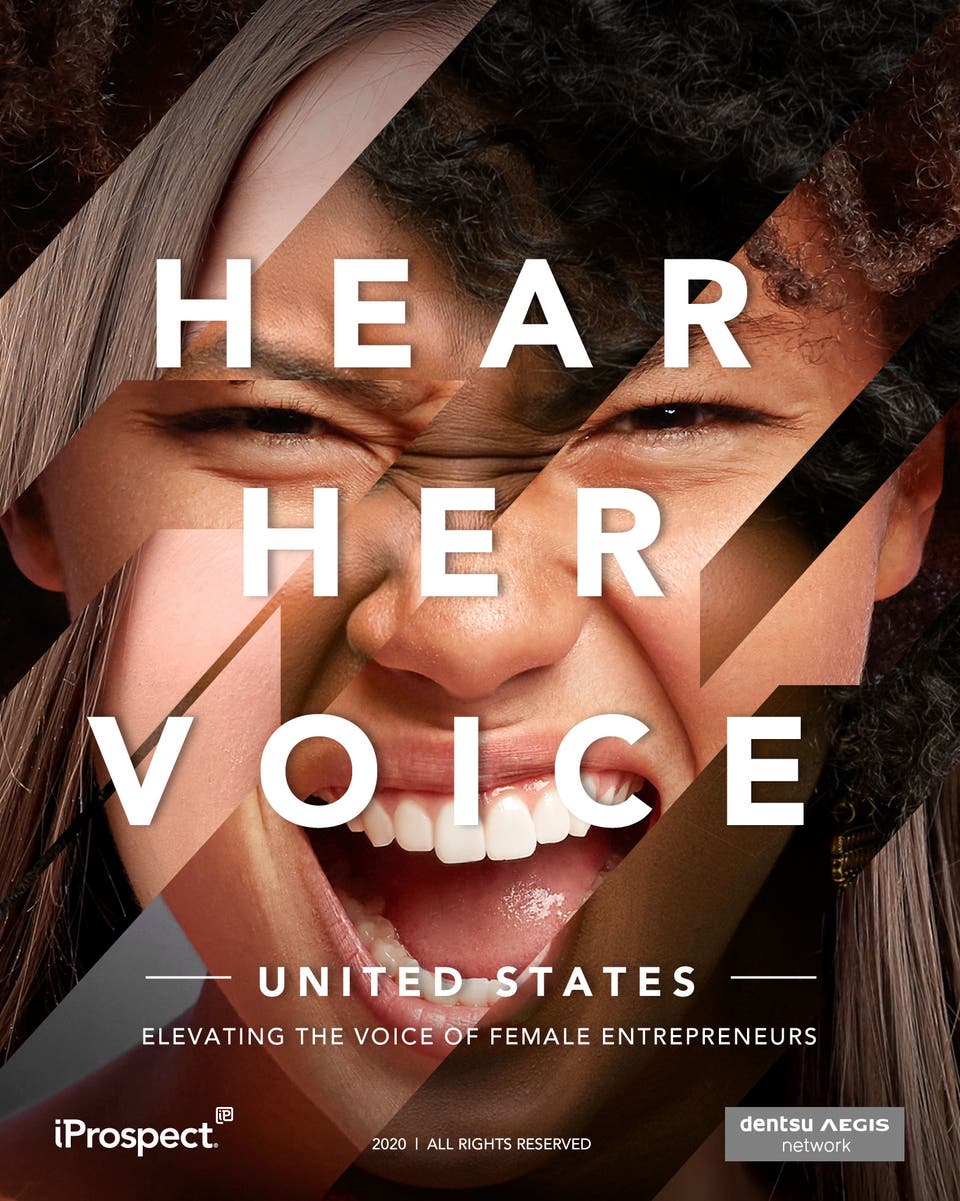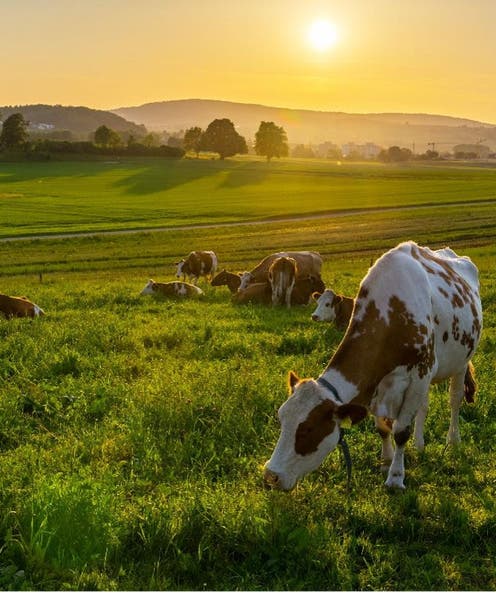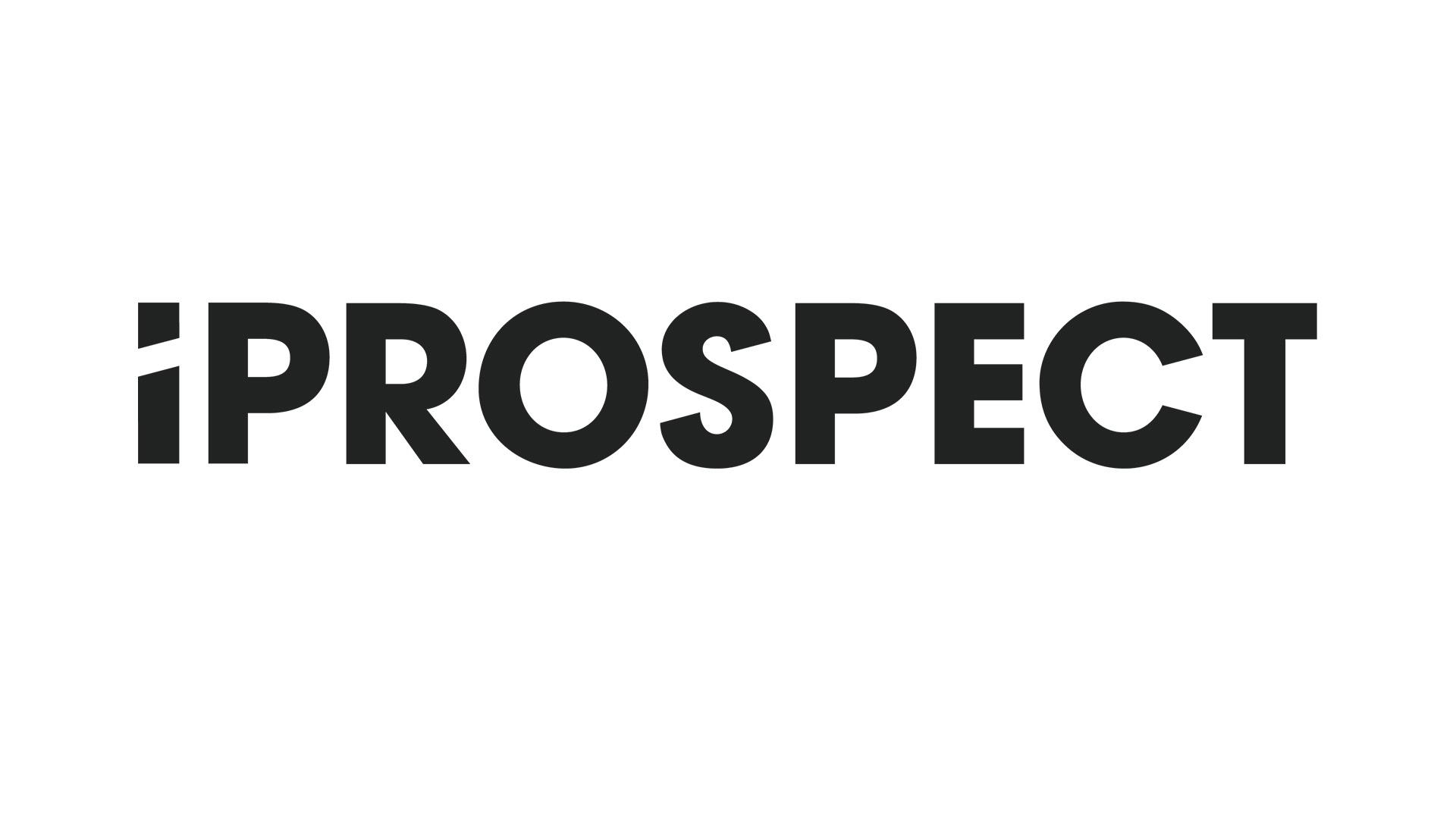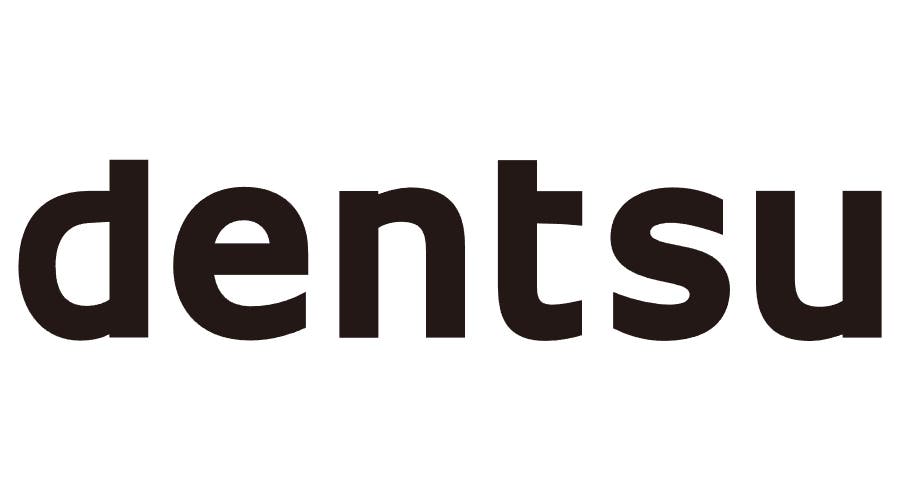Head & Shoulders
Season of the #Whiff



The environmental impact of Covid-19 has been one of the most debated topics in the last couple of months. With vacationing and business travel coming to a halt almost everywhere and a large number of the most densely populated cities on the planet forced into a lockdown state, many were initially expecting drastically lower levels of carbon emissions to be one of the very few positives that 2020 is going to leave behind.
Indeed, the data that emerged throughout the first couple of months of the crisis was encouraging: for instance, in China emissions fell 25% at the start of the year and at the end of March pollution levels in New York had reduced by nearly 50% in comparison to the same time the previous year.[1] Over time, however, the situation seemed to trend back towards the norm. According to National Geographic, “in early April, with shutdowns widespread, daily global carbon emissions were down by 17 percent compared to last year. But as of June 11, new data show that they are only about 5 percent lower than at the same point in 2019, even though normal activity has not yet fully restarted.”[2]
Seeing is believing
Carbon emissions are not the only factor to consider. The waste situation is also critical. In Wuhan, the epicenter of the pandemic in China, medical waste increased from between 40 and 50 tons/day before the outbreak to about 247 tons on 1 March.[3] The increases generated by the widespread adoption of single-use masks and gloves, combined with the reduced work force available, have also had an impact on waste management organizations’ ability to deal with the situation.
Which takes us to commerce. eMarketer estimates that “US consumers will spend $709.78 billion on ecommerce in 2020, representing an increase of 18.0%.”[4] Certainly this is going to have an impact in terms of how manufacturing, packaging and delivery supporting this growth are going to affect the environment. It’s hard to assess whether consumers would have had a worse impact on the environment by shopping more in physical locations, but we can assume that their perception of the waste generated by online shopping is going to be heightened in 2020 like never before. In 2018, as many as 41% US consumers received one to two Amazon packages per week;[5] it will be interesting to see what these metrics will look like by the end of this year.
What is Green Friday?
This heightened perception of waste generated by e-commerce may have an impact on the way consumers shop in the upcoming holiday season. In recent years, some anti-Black Friday movements have emerged: the earliest of its kind was Buy Nothing Day, which started in Canada in 1992; in the last three years, Green Friday has become the most popular of these movements and it seeks to raise awareness about the damage that Black Friday and other consumerist holidays bring to the environment.
As retailers are trying to figure out how to deal with the upcoming holiday season given the uncertainties the backlash of the pandemic continues to cause (for instance, Walmart decided to close its shops across the US on Thanksgiving), brands should consider whether they should develop Green Friday messaging and implement environmentally sound strategies to be able to reassure consumers by the time November comes around. After all, one thing that we heard consistently throughout the crisis is that during uncertain times consumers expect transparency from brands and want to see them act responsibly and live up to their promises.
Near- and long-term solutions for CPG brands
Consumer Product Good (CPG) brands are undergoing a major transformation. The recent events have made it clear that they need to start building direct to consumer relationships, while at the same time cultivating their partnerships with retailers and marketplaces. Among the pressures they are facing, there is competition from digitally native start-up brands, as well as from white-label brands owned by their very own retail and marketplace partners.
One solution that can, in some cases, help CPG brands evolve and adapt to their new circumstances is re-branding or creating new brands to ‘out-start-up’ the start-ups. Consumers often favor alternative brands to know they are shopping in an eco-responsible way, as well as to support local and/or small businesses. Embracing movements like Green Friday and being transparent about how e-commerce operations are being handled can help set new emanations of CPG enterprises off on a good start.
In the long term, all manufacturers need to improve their ability to track products throughout their entire lifecycle, from manufacturing to distribution and retail, and from sales to service and re-sale, so they can gain insights that can help them compete with marketplaces on the last mile of commerce and better understand customer behaviors. As well as leverage end to end, real time product traceability to minimize waste by producing on demand and to be able to provide assurances to consumers with regards to their ability to live up to social responsibilities.
To learn more about how the world of commerce is evolving, download The Total Commerce Playbook
0
increase in Twitter following
0
mentions
0
donated to Reviving Baseball in inner cities
0
Female Founders in US 2020 Cohort
Challenge
We were given the opportunity to highlight Head & Shoulders’ partnership with MLB through a creative solution inspired by its brand positioning. The aim of the campaign was two-fold: 1. To earn donations for local community youth programs and 2. Create engagement across MLB team and league social channels.
Solution
We developed and executed the innovative Head & Shoulders Season of the #Whiff – a campaign that promoted the handsome scent of Head & Shoulders with Old Spice while creating an authentic connection to baseball via strikeouts across the league. The Twitter-based program encouraged fans to tweet #Whiff when they...
Solution
We developed and executed the innovative Head & Shoulders Season of the #Whiff – a campaign that promoted the handsome scent of Head & Shoulders with Old Spice while creating an authentic connection to baseball via strikeouts across the league. The Twitter-based program encouraged fans to tweet #Whiff when they witnessed a strikeout, with their favorite MLB club's Twitter handle, to earn monthly donations for their local community's youth baseball program.
Results
Leveraging MLB team and league digital and social channels, Head & Shoulders was able to grow their Twitter following by 2500%. The program delivered incredible results for the brand – generating 8+ billion media impressions over the course of two seasons. The program’s overwhelming engagement delivered on average over...
Results
Leveraging MLB team and league digital and social channels, Head & Shoulders was able to grow their Twitter following by 2500%. The program delivered incredible results for the brand – generating 8+ billion media impressions over the course of two seasons. The program’s overwhelming engagement delivered on average over 660,000 unique contributors each season, 4.3 million mentions and over $500,000 donated to Reviving Baseball in Inner Cities.
The environmental impact of Covid-19 has been one of the most debated topics in the last couple of months. With vacationing and business travel coming to a halt almost everywhere and a large number of the most densely populated cities on the planet forced into a lockdown state, many were initially expecting drastically lower levels of carbon emissions to be one of the very few positives that 2020 is going to leave behind.
Indeed, the data that emerged throughout the first couple of months of the crisis was encouraging: for instance, in China emissions fell 25% at the start of the year and at the end of March pollution levels in New York had reduced by nearly 50% in comparison to the same time the previous year.[1] Over time, however, the situation seemed to trend back towards the norm. According to National Geographic, “in early April, with shutdowns widespread, daily global carbon emissions were down by 17 percent compared to last year. But as of June 11, new data show that they are only about 5 percent lower than at the same point in 2019, even though normal activity has not yet fully restarted.”[2]
Seeing is believing
Carbon emissions are not the only factor to consider. The waste situation is also critical. In Wuhan, the epicenter of the pandemic in China, medical waste increased from between 40 and 50 tons/day before the outbreak to about 247 tons on 1 March.[3] The increases generated by the widespread adoption of single-use masks and gloves, combined with the reduced work force available, have also had an impact on waste management organizations’ ability to deal with the situation.
Which takes us to commerce. eMarketer estimates that “US consumers will spend $709.78 billion on ecommerce in 2020, representing an increase of 18.0%.”[4] Certainly this is going to have an impact in terms of how manufacturing, packaging and delivery supporting this growth are going to affect the environment. It’s hard to assess whether consumers would have had a worse impact on the environment by shopping more in physical locations, but we can assume that their perception of the waste generated by online shopping is going to be heightened in 2020 like never before. In 2018, as many as 41% US consumers received one to two Amazon packages per week;[5] it will be interesting to see what these metrics will look like by the end of this year.
What is Green Friday?
This heightened perception of waste generated by e-commerce may have an impact on the way consumers shop in the upcoming holiday season. In recent years, some anti-Black Friday movements have emerged: the earliest of its kind was Buy Nothing Day, which started in Canada in 1992; in the last three years, Green Friday has become the most popular of these movements and it seeks to raise awareness about the damage that Black Friday and other consumerist holidays bring to the environment.
As retailers are trying to figure out how to deal with the upcoming holiday season given the uncertainties the backlash of the pandemic continues to cause (for instance, Walmart decided to close its shops across the US on Thanksgiving), brands should consider whether they should develop Green Friday messaging and implement environmentally sound strategies to be able to reassure consumers by the time November comes around. After all, one thing that we heard consistently throughout the crisis is that during uncertain times consumers expect transparency from brands and want to see them act responsibly and live up to their promises.
Near- and long-term solutions for CPG brands
Consumer Product Good (CPG) brands are undergoing a major transformation. The recent events have made it clear that they need to start building direct to consumer relationships, while at the same time cultivating their partnerships with retailers and marketplaces. Among the pressures they are facing, there is competition from digitally native start-up brands, as well as from white-label brands owned by their very own retail and marketplace partners.
One solution that can, in some cases, help CPG brands evolve and adapt to their new circumstances is re-branding or creating new brands to ‘out-start-up’ the start-ups. Consumers often favor alternative brands to know they are shopping in an eco-responsible way, as well as to support local and/or small businesses. Embracing movements like Green Friday and being transparent about how e-commerce operations are being handled can help set new emanations of CPG enterprises off on a good start.
In the long term, all manufacturers need to improve their ability to track products throughout their entire lifecycle, from manufacturing to distribution and retail, and from sales to service and re-sale, so they can gain insights that can help them compete with marketplaces on the last mile of commerce and better understand customer behaviors. As well as leverage end to end, real time product traceability to minimize waste by producing on demand and to be able to provide assurances to consumers with regards to their ability to live up to social responsibilities.
To learn more about how the world of commerce is evolving, download The Total Commerce Playbook
What is the path forward for brands?
Identity ownership can be your brand's competitive advantage

Sustainable world
We are working towards creating a more sustainable world through the radical decarbonization of our business and supply chain, committing to Net Zero emissions by 2030 and helping people make better, more sustainable choices.
Read more
"I have never felt so proud to call myself a female founder until today. The opportunity to learn from the Female Foundry program and meet with so amazing female founders have empowered me tremendously."
- Kwan Segal, Founder of ICAway

Hear Her Voice
The Female Foundry is underpinned by research and data in each country, ensuring that the program is tailored to the unique needs and opportunities of female founders in that market. dentsu US conducted a research study “Hear Her Voice” between January and February 2020 that included over 1,000 female entrepreneurs between the ages of 18 and 64. Survey respondents represented a diverse sample across the country in terms of both geographic region and area type (urban/suburban/rural). Nine hundred of the respondents were current business owners and the remaining 126 were aspiring entrepreneurs.
Through the research, we were able to gain insight into their motivations to start their own business as well as the opportunities and barriers facing women entrepreneurs, helping us to customize to best support the needs of women in that market.

Amplifying the voice of female entrepreneurs
Female Foundry is our global mentorship program for the female leaders of tomorrow. We empower and support women to build successful economy businesses and help diversify the global business community. The initiative was inspired by iProspect’s proprietary Hear Her Voice research, which opened our eyes to the inequality that exists for female entrepreneurs compared to male counterparts.

The environmental impact of Covid-19 has been one of the most debated topics in the last couple of months. With vacationing and business travel coming to a halt almost everywhere and a large number of the most densely populated cities on the planet forced into a lockdown state, many were initially expecting drastically lower levels of carbon emissions to be one of the very few positives that 2020 is going to leave behind.
Indeed, the data that emerged throughout the first couple of months of the crisis was encouraging: for instance, in China emissions fell 25% at the start of the year and at the end of March pollution levels in New York had reduced by nearly 50% in comparison to the same time the previous year.[1] Over time, however, the situation seemed to trend back towards the norm. According to National Geographic, “in early April, with shutdowns widespread, daily global carbon emissions were down by 17 percent compared to last year. But as of June 11, new data show that they are only about 5 percent lower than at the same point in 2019, even though normal activity has not yet fully restarted.”[2]
Seeing is believing
Carbon emissions are not the only factor to consider. The waste situation is also critical. In Wuhan, the epicenter of the pandemic in China, medical waste increased from between 40 and 50 tons/day before the outbreak to about 247 tons on 1 March.[3] The increases generated by the widespread adoption of single-use masks and gloves, combined with the reduced work force available, have also had an impact on waste management organizations’ ability to deal with the situation.
Which takes us to commerce. eMarketer estimates that “US consumers will spend $709.78 billion on ecommerce in 2020, representing an increase of 18.0%.”[4] Certainly this is going to have an impact in terms of how manufacturing, packaging and delivery supporting this growth are going to affect the environment. It’s hard to assess whether consumers would have had a worse impact on the environment by shopping more in physical locations, but we can assume that their perception of the waste generated by online shopping is going to be heightened in 2020 like never before. In 2018, as many as 41% US consumers received one to two Amazon packages per week;[5] it will be interesting to see what these metrics will look like by the end of this year.
What is Green Friday?
This heightened perception of waste generated by e-commerce may have an impact on the way consumers shop in the upcoming holiday season. In recent years, some anti-Black Friday movements have emerged: the earliest of its kind was Buy Nothing Day, which started in Canada in 1992; in the last three years, Green Friday has become the most popular of these movements and it seeks to raise awareness about the damage that Black Friday and other consumerist holidays bring to the environment.
As retailers are trying to figure out how to deal with the upcoming holiday season given the uncertainties the backlash of the pandemic continues to cause (for instance, Walmart decided to close its shops across the US on Thanksgiving), brands should consider whether they should develop Green Friday messaging and implement environmentally sound strategies to be able to reassure consumers by the time November comes around. After all, one thing that we heard consistently throughout the crisis is that during uncertain times consumers expect transparency from brands and want to see them act responsibly and live up to their promises.
Near- and long-term solutions for CPG brands
Consumer Product Good (CPG) brands are undergoing a major transformation. The recent events have made it clear that they need to start building direct to consumer relationships, while at the same time cultivating their partnerships with retailers and marketplaces. Among the pressures they are facing, there is competition from digitally native start-up brands, as well as from white-label brands owned by their very own retail and marketplace partners.
One solution that can, in some cases, help CPG brands evolve and adapt to their new circumstances is re-branding or creating new brands to ‘out-start-up’ the start-ups. Consumers often favor alternative brands to know they are shopping in an eco-responsible way, as well as to support local and/or small businesses. Embracing movements like Green Friday and being transparent about how e-commerce operations are being handled can help set new emanations of CPG enterprises off on a good start.
In the long term, all manufacturers need to improve their ability to track products throughout their entire lifecycle, from manufacturing to distribution and retail, and from sales to service and re-sale, so they can gain insights that can help them compete with marketplaces on the last mile of commerce and better understand customer behaviors. As well as leverage end to end, real time product traceability to minimize waste by producing on demand and to be able to provide assurances to consumers with regards to their ability to live up to social responsibilities.
To learn more about how the world of commerce is evolving, download The Total Commerce Playbook


“With Firstborn, we’ve launched a suite of mixed reality games to delight guests aboard Royal Caribbean Quantum Class ships. We’ve continued to work with Firstborn as we roll out new immersive games and experiences across our global fleet, because they bring the perfect blend of creative-led thinking, design and innovation.”Jared Finegold, Senior Manager Emerging Products and Digital Innovation
iProspect, a dentsu company, is a global digital-first end to end media agency. Its unmatched mix of media strategy and storytelling with digital expertise and audience knowledge defines the new territory of performance-driven brand building. By delivering human-centric solutions, iProspect accelerates growth for the world’s most iconic brands including Sonos, Cox, LG, Hilton, Levi’s, Budweiser, Microsoft, and Procter & Gamble. The iProspect team works across a network of more than 8,000 media and performance specialists spread across 93 global markets.

gyro is the world’s first full-service creative B2B powerhouse, with 17 offices in over 10 countries. The most awarded B2B agency on the planet, gyro was named the 2018 ANA B2B Agency of the Year as well as the 2016 Ad Age B2B Agency of the Year. gyro creates ideas that are humanly relevant, and they do it for clients such as Danone, eBay, Google, HP, USG, Teva and Vodafone.
Find Out More
Here at dentsu X, we believe in the importance of understanding our consumers beyond desk-bound knowledge. And when we design experiences to work with, rather than against human nature, we are creating experiences that win. With our expertise in data, technology and informed creativity, we create nothing but the best kind of content for brands like yours.
Find Out MoreOur other work

Campaign for Creativity

Optimizing Programmatic Impact, Powered by PulsePoint’s C...

Organic Intelligence

Creative Production Partnership
Contact us
Leave us your details and a member of our team will get back to you as soon as possible.
Thank you!
Your details were submitted successfully.
There was a problem!
It seems there was an error submitting your details. Please try again later.




